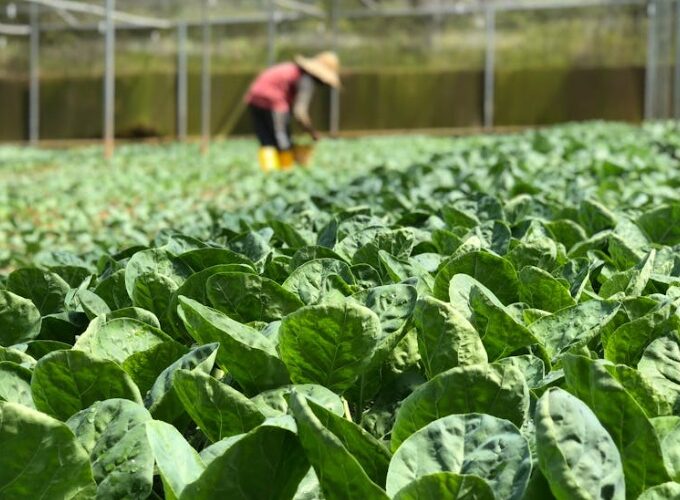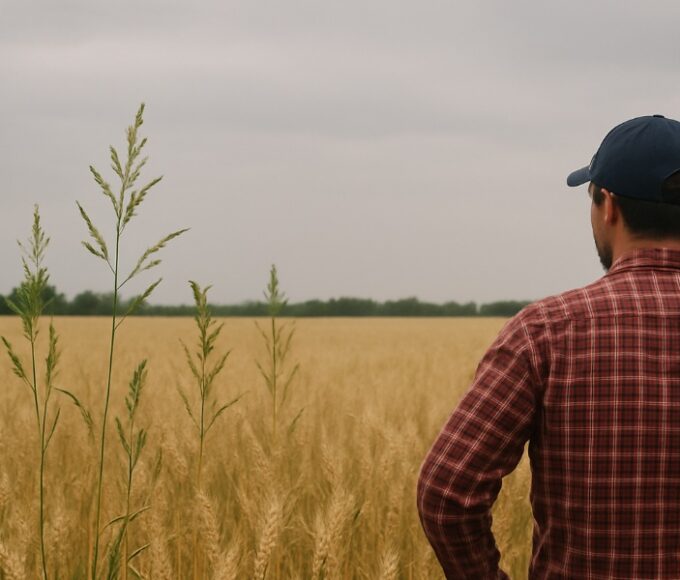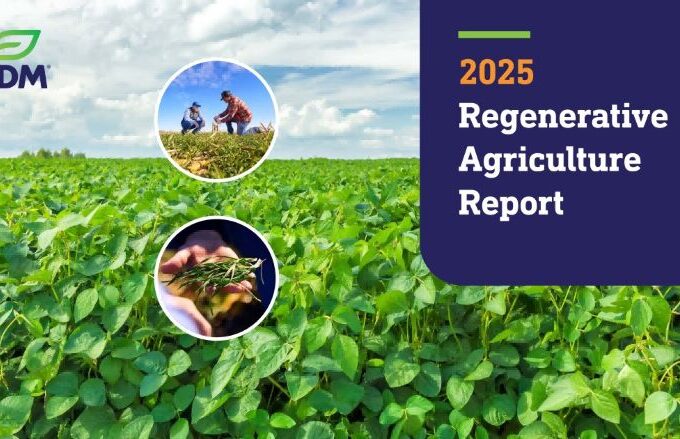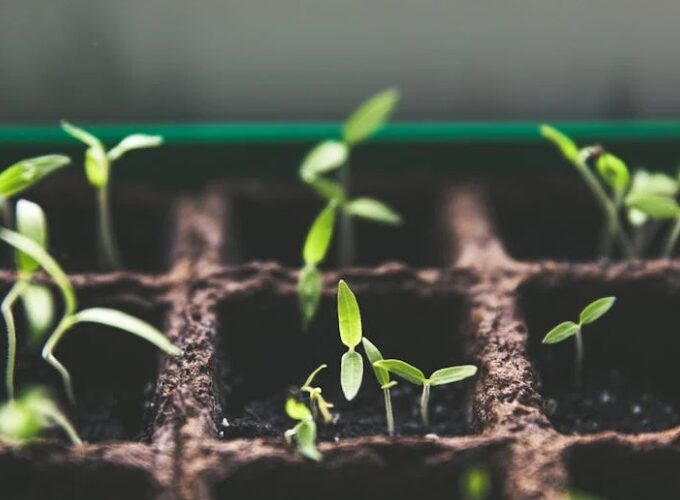The U.S. specialty crop sector, including fruits, vegetables, and nuts, is facing a persistent “price-cost” mismatch. While nominal purchase values for some fruits show signs of recovery, input costs are rising at a faster pace, squeezing profits at both production and sales ends. The latest projections from the U.S. Department of Agriculture’s Bureau of Agricultural Economics indicate that while cash receipts for fruits and nuts have nominally rebounded this year, overall production inputs remain high and volatile. This has placed significant pressure on many small and medium-sized fruit, vegetable, and nut growers.
Rising Labor and Input Costs Intensify Strain
Cost pressures on U.S. agriculture stem from multiple sources. Significant increases in labor costs, persistently high fuel and transportation expenses over extended periods, years of cumulative price hikes for fertilizers and pesticides, and rising financing costs driven by higher interest rates. Industry monitoring data indicates that in recent years, pesticides, fertilizers, fuel, and labor costs have each seen double-digit growth, directly driving up unit production costs. Concurrently, indirect costs such as regulatory compliance, water usage, and environmental management are particularly pronounced in certain regions (e.g., California). Trade and tariff policies targeting organic and specialty ingredients further strain the supply chain. For instance, recent restrictions on organic sugar imports have driven up substitution costs, impacting processing industries and fruit/vegetable processing chains that rely on organic sugar.
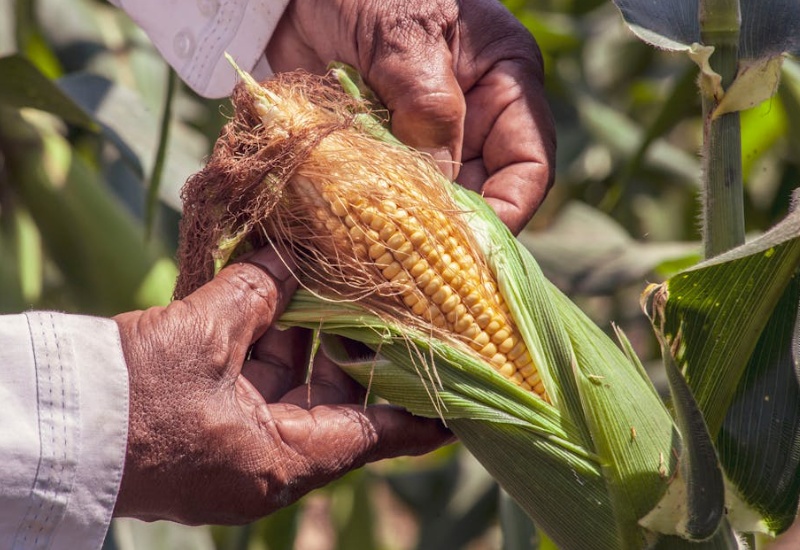
Reforms and Risk Management for Sustainability
To address the industry crisis, the White House plans to launch a $10-15 billion aid package, potentially funded by tariff revenues and a dedicated USDA fund. This would push federal agricultural subsidies past $40 billion in 2025, the second-highest level since 1933. Yet farmers remain divided: Kansas grower Andy Sinneman admits he would accept subsidies but stresses, “This is merely a band-aid solution.”
Specialty crops represent both the high-value segment of U.S. agriculture and the sector most vulnerable to climate, labor, and policy fluctuations. Achieving stable supply and reasonable returns cannot be fundamentally solved by short-term subsidies alone. Sustainable medium-to-long-term equilibrium for growers and consumers requires integrated solutions in risk management, market competition regulation, and technological investment.









